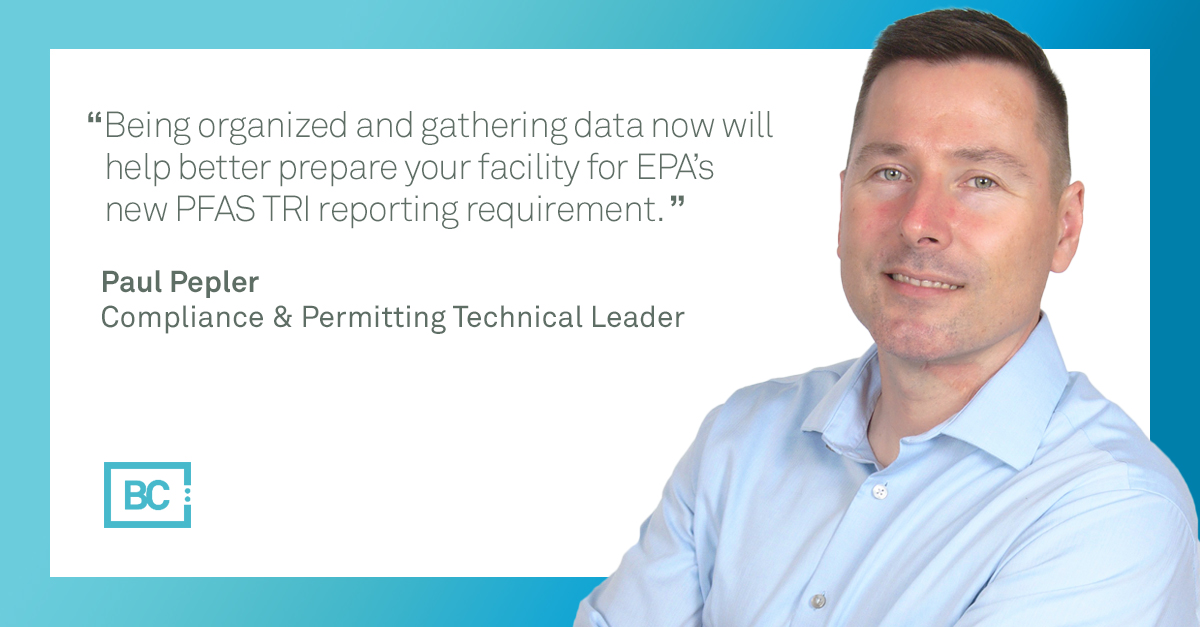Activity on environmental regulations continues to pick up as we head into the midway point for 2021, with increasing incorporation of environmental justice (EJ) into the regulatory landscape.
Analysts predict an increase in EJ claims during the public review process for air permit applications and renewals. There have already been several recent petitions by environmental groups, with a focus on state-issued Title V permits. This is an area that we will be watching as states begin to formulate their own approaches to addressing EJ.
In addition, the EPA announced a proposal to phase down hydrofluorocarbons (HFCs) as part of the American Innovation and Manufacturing Act (AIM) of 2020. The EPA also rescinded a rule that established the agency’s procedures for issuing, modifying, withdrawing, and using guidance documents. The aim is to restore the agency’s flexibility to use regulatory action to address urgent public health, safety, and environmental priorities. Other significant environmental actions to keep an eye on:
Ask an Expert: TRI PFAS
This year’s Toxics Release Inventory (TRI) reporting is due on July 1 and requires facilities to consider the release of 172 listed PFAS (per- and polyfluoroalkyl substances). Even if a site does not have to report for PFAS, retaining documentation to support this will be important. Check in with this month’s featured BC experts as they cover the requirements and approach to handling this year’s reporting. Read “Ask an Expert”
Expanded TRI reporting requirements and tools
In an effort to advance EJ, the EPA announced further expansion of TRI reporting requirements to include additional chemicals and facilities. Changes center around natural gas processing facilities, additional PFAS, and chemicals in the Toxic Substances Control Act work plan. EPA is also enhancing tools to allow better access to TRI data and to make the data more useful for communities and EJ concerns.
Federal funding for water infrastructure projects
A recent report from the American Society of Civil Engineers indicates that government spending at all levels has not kept pace with necessary repairs to aging water infrastructure systems. To that end, EPA announced that $6.5 billion is being made available in the upcoming round of funding under the Water Infrastructure Finance and Innovation Act (WIFIA) and state infrastructure financing authority (SWIFIA) program. This program will provide long-term, low-cost supplemental loans for qualifying programs with the aim to accelerate investment in water infrastructure.



